Roman Lusitania Opens at the Museo Arqueológico Nacional, Madrid
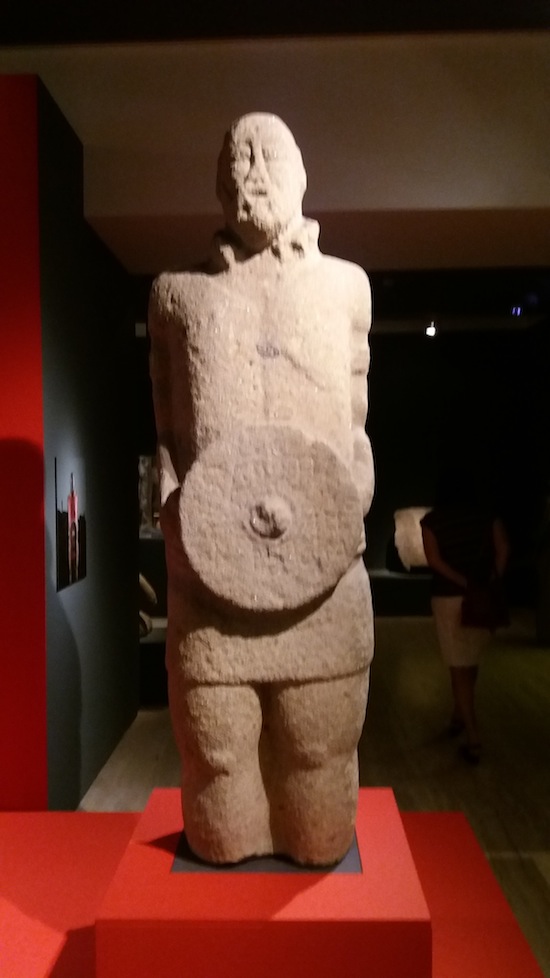
Statue of a Lusitani warrior, 1st century AD.
Note the torc and arm bands, indicating high rank
It’s the start of the summer exhibition season here in Madrid, and the National Archaeological Museum is offering a free exhibition called Lusitania Romana, about the Roman province that took up much of what is now western Spain and Portugal.
The province got its name from the native Lusitani, who were either a Celtiberian people or an older ethnic group culturally influenced by the Celts, depending on which historian you read. The Romans fought these people from from 155 to 139 BC, eventually defeating them. The Lusitani continued a guerrilla war for another century.
When the province was created in 27 BC, the capital was set as Emerita Augusta, now the modern city of Mérida in Spain, which still retains some fascinating Roman ruins including a well-preserved theater, plus an excellent museum. With pacification came acculturation, and soon the region had several sizeable cities with all the usual Roman public works, and the countryside had numerous villas with some fine mosaics that have survived to this day.
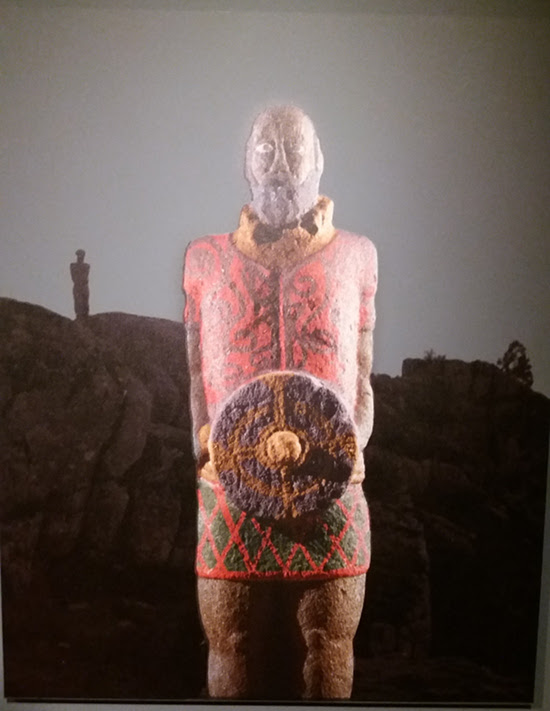
Traces of paint on the statue allowed for this reproduction
The exhibition starts with the Lusitani, and soon moves on to Roman public works and high art. The photos here are only some of the highlights. There’s much more to see and it’s all been presented well, although the English translations of some of the signage leaves something to be desired. I found myself reading the Spanish signs, they were easier to understand!
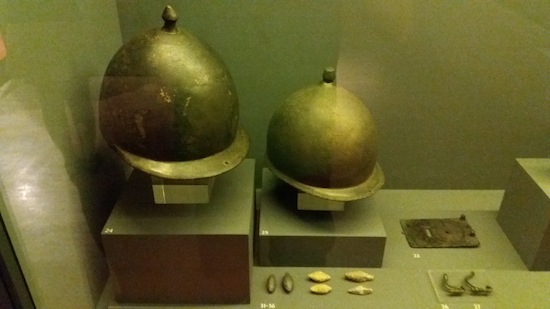
Lusitani helmets and sling bullets made of lead, 1st century BC
As we were leaving the exhibition, one of my friends commented that besides the Celtic stuff right at the beginning, it looked like pretty much any other Roman exhibition in any other part of the Roman world. I guess that was part of the point. Rome was Rome, whether in Iberia or Macedonia or North Africa. The empire created a remarkably homogeneous high culture while still retaining a local flavor.
Lusitania Romana is runs until October 16.
For more on the Museo Arqueológico, check out my posts on the museum’s Celtiberian, Roman, and Medieval collections.
Images copyright Sean McLachlan and Almudena Alonso-Herrero. More below!
Sean McLachlan is the author of the historical fantasy novel A Fine Likeness, set in Civil War Missouri, and several other titles, including his post-apocalyptic series Toxic World that starts with the novel Radio Hope. His historical fantasy novella The Quintessence of Absence, was published by Black Gate. Find out more about him on his blog and Amazon author’s page.
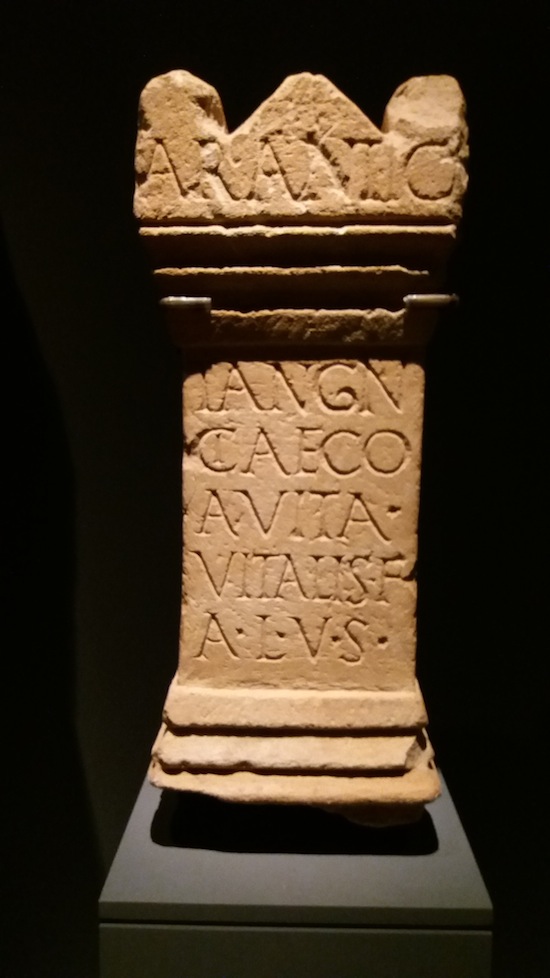
This Roman style altar is dedicated to the local god Arantio.
Like in other parts of the Roman world, local deities were incorporated into the imperial pantheon.
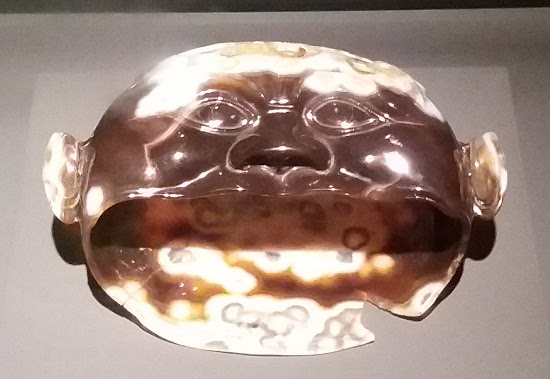
Agate vase depicting Silenus, the drunken old satyr who was the tutor of Bacchus. 1st century AD
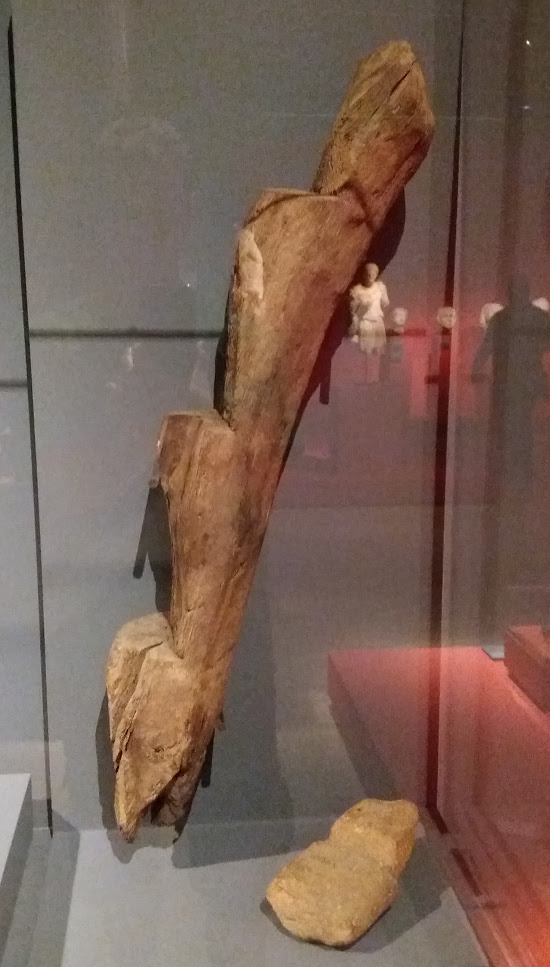
For me this was the most evocative piece in the exhibition, a
crude staircase made by cutting steps into a log, obviously from some humble home or shop.
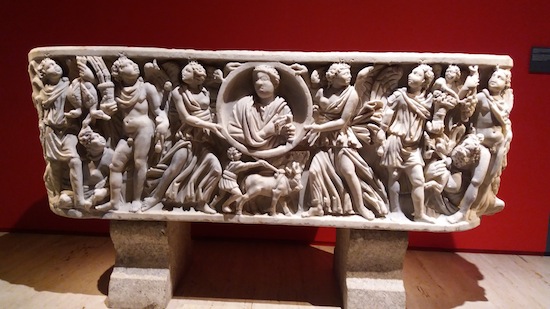
Sarcophagus, 3rd century AD
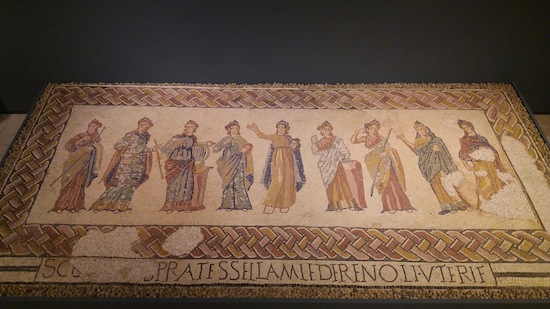
Mosaic of the Muses from a country villa, 4th century AD
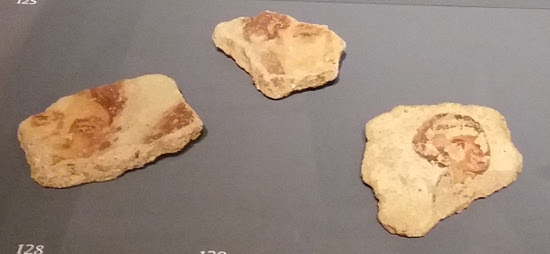
Fragments of wall painting in a villa, c. 4th century AD
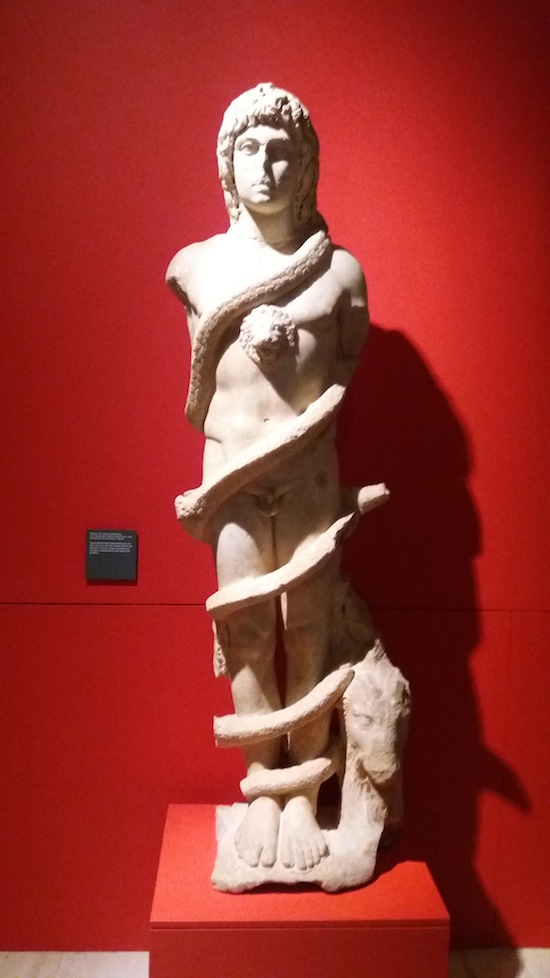
Statue of Aion-Chronos, god of infinite time in the Mithraic pantheon.
It’s also sometimes used as a symbol of the birth of Mithras. Post 155 AD
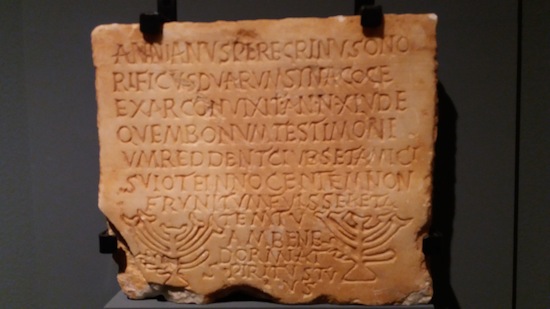
Jewish funerary tablet. This individual was the
director of the two synagogues in Emerita Augusta. Late 4th century AD
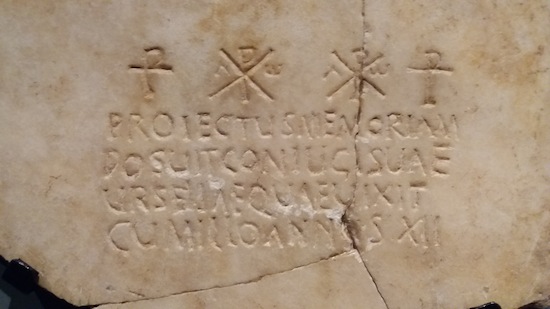
Christian funerary tablet from Emerita Augusta.
Late 4th or early 5th century AD